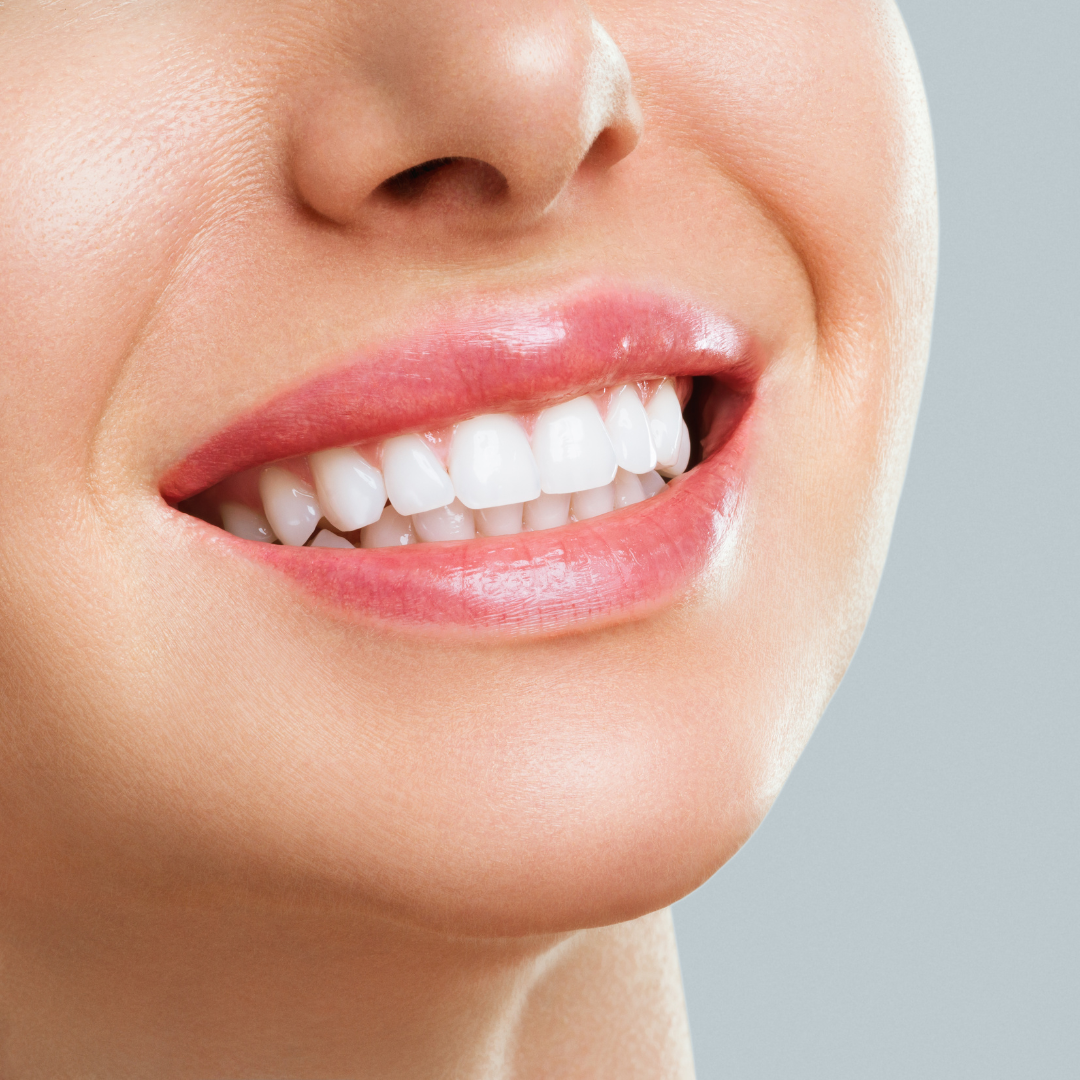A radiant smile is not only a symbol of health and confidence but also a reflection of your overall well-being. Maintaining a bright and healthy smile requires consistent oral hygiene practices and a commitment to self-care. By following the right tips and techniques, you can ensure your teeth and gums remain in optimal condition. Here’s a comprehensive guide to help you achieve and sustain a healthy, dazzling smile.
1. Brush Your Teeth Properly
Brushing your teeth is the cornerstone of good oral hygiene. For effective brushing, use a soft-bristled toothbrush and fluoride toothpaste. Brush your teeth twice a day—once in the morning and once before bed. Ensure you brush for at least two minutes each time, covering all surfaces of your teeth. The technique matters as much as the duration; use gentle, circular motions to remove plaque without damaging your gums.
Replace your toothbrush every three to four months, or sooner if the bristles become frayed. A worn-out brush is less effective at cleaning and can harbor bacteria. Consider using an electric toothbrush, which can provide more consistent brushing results and often includes built-in timers to ensure you brush for the recommended duration.
2. Floss Daily
Flossing is essential for cleaning between your teeth and along the gumline, where a toothbrush cannot reach. Daily flossing helps remove plaque and food particles that contribute to tooth decay and gum disease. Use about 18 inches of floss, wrapping it around your middle fingers, and gently slide it between your teeth in a C-shape. Be careful not to snap the floss, as this can damage your gums.
If you find traditional floss challenging, consider using floss picks or an interdental brush. These tools can make flossing easier and more convenient, especially for those with braces or tight spaces between teeth.
3. Use Mouthwash
Incorporating mouthwash into your daily routine can enhance your oral hygiene regimen. Mouthwash helps reduce bacteria, freshen breath, and strengthen tooth enamel. Choose an antimicrobial mouthwash to combat bacteria and prevent gum disease, or a fluoride mouthwash to help protect against cavities.
Swish the mouthwash around your mouth for about 30 seconds to one minute, as directed by the product’s instructions. Mouthwash should be used in addition to brushing and flossing, not as a substitute. It’s also important to avoid eating or drinking immediately after using mouthwash to allow the active ingredients to work effectively.
4. Maintain a Balanced Diet
What you eat plays a significant role in your dental health. A balanced diet rich in nutrients supports strong teeth and gums. Include plenty of fruits and vegetables, which provide essential vitamins and minerals. Dairy products, such as milk and yogurt, are excellent sources of calcium, which is crucial for maintaining strong tooth enamel.
Limit your intake of sugary and acidic foods, as these can erode tooth enamel and contribute to tooth decay. Avoid frequent snacking on sugary foods, and if you do indulge, try to brush your teeth or rinse your mouth with water afterward to minimize the impact on your dental health.
5. Stay Hydrated
Drinking water is not only good for your overall health but also benefits your oral hygiene. Water helps wash away food particles and bacteria, reducing the risk of cavities and bad breath. It also stimulates saliva production, which is essential for neutralizing acids produced by bacteria and keeping your mouth clean.
Make water your beverage of choice, and try to avoid sugary drinks, such as soda and fruit juices, which can contribute to tooth decay. If you drink acidic beverages, use a straw to minimize contact with your teeth and rinse your mouth with water afterward.
6. Visit Your Dentist Regularly
Regular dental check-ups and professional cleanings are vital for maintaining a healthy smile. Your dentist can detect early signs of dental issues, such as cavities or gum disease, and provide necessary treatments to prevent more severe problems. Professional cleanings remove plaque and tartar buildup that can lead to dental issues, even with good home care.
Schedule dental visits every six months, or as recommended by your dentist. During these visits, discuss any concerns or changes in your oral health, and follow your dentist’s advice for maintaining optimal dental hygiene.
7. Protect Your Teeth
Protecting your teeth from injury and wear is essential for preserving their health and appearance. If you play contact sports, wear a mouthguard to protect against potential injuries. Additionally, avoid using your teeth as tools for opening packages or biting non-food items, as this can cause damage to your teeth and gums.
Conclusion
Maintaining a bright and healthy smile involves a combination of diligent oral hygiene practices, a balanced diet, and regular dental care. By brushing and flossing properly, using mouthwash, staying hydrated, and visiting your dentist regularly, you can keep your teeth and gums in excellent condition. Embrace these best practices to enjoy a radiant smile that reflects your commitment to dental health and overall well-being. Your smile is a powerful asset—take care of it, and it will continue to shine brightly for years to come.


